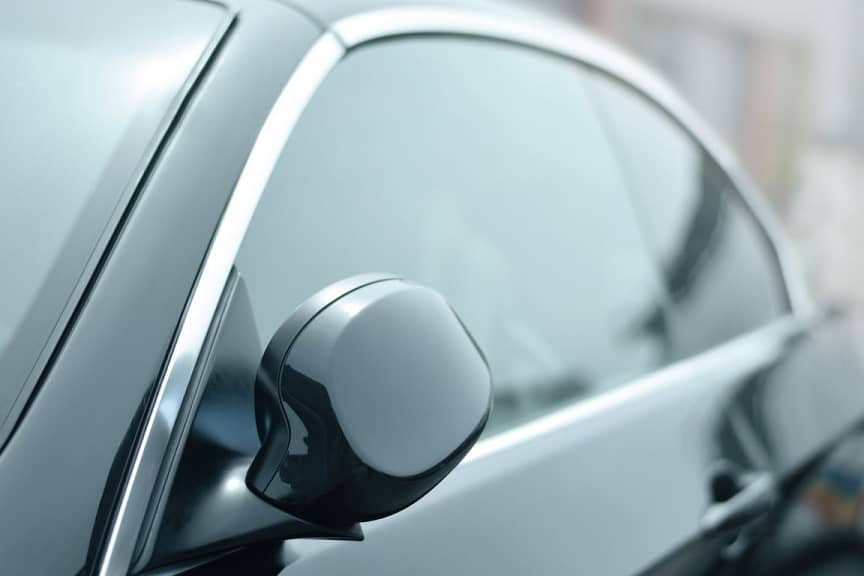Did you know that the automotive tinting film market is estimated to be $5.76 billion by 2030?
Most states allow drivers to have window tinting as part of their choice for personalizing their vehicle, but that doesn’t mean tinting isn’t regulated. When considering how dark to have your tinting on the windshield it’s important to know the laws where you live. In Ohio, you must meet certain requirements in order for your windshield tinting to be legal.
Continue reading to learn everything you need to know about front windshield tint laws in Ohio.
Overview of Windshield Tint Laws in Ohio
In Ohio, the front windshield tint laws state that the tint must allow more than 50% of light transmission. For passenger vehicles, non-reflective tint is allowed on the top 5 inches of the windshield.
For all other non-transparent tinting it needs to be of a light transmittance level of 20%. This means that the tint must allow 20% light into the vehicle.
Any tint that has a visible grey, purple, pink, orange, or red hue is not allowed for the front windows of a vehicle. Ohio also allows medical exemptions for people with a written medical condition that necessitates the use of tint on the side or rear windows of the vehicle.
Pros and Cons of Windshield Tint
On the pros side, automotive tints would reduce the amount of heat and glare coming from the sun. It would also provide a privacy element, making it difficult for the outside eyes to see what is going on inside the car.
The con of a front windshield tint would be that it could reduce visibility and make the car unsafe to drive, especially at night. A lighter tint might be more suitable for this purpose. Ultimately, it would be up to the individual driver to decide whether the pros outweigh the cons and if a front windshield tint is the right choice.
How to Safely Install Windshield Tint
To tint your car windshield, you should buy the tint from a licensed and qualified professional who can ensure the details on window tint have the correct light transmission levels.
It is also important to ensure that the tint is professionally installed according to the manufacturer’s instructions. This will help ensure that the tint is properly applied to the windshield and gives the best possible performance.
Legal Consequences
Breaking front windshield tint laws in Ohio may result in fines and potential criminal charges. The charge for violations will be a minor misdemeanor, which carries a fine of anywhere from $100 to $150.
Additionally, if you’re caught driving with a tinted or reflective windshield, the state may impound your vehicle until you remedy the violation. You may also be required to pay towing and storage fees.
More serious windshield tint violations, such as covering more than 30 sq. in. of the windshield with tint, can be charged as a fourth-degree misdemeanor. This carries a maximum fine of $250 or one-month jail time. You also need to remove any tint from any other windows on the vehicle as part of the remediation process.
Understanding Front Windshield Laws in Ohio
Overall, Ohio has strict laws surrounding front windshield tints. Having a tint that is too dark is considered illegal, so be aware in dealing with window tinting.
Always check local regulations and laws before taking any action to tint your windows. If unsure, contact a professional to ensure you remain compliant with the law.
Continue reading our blog for more informative articles.

